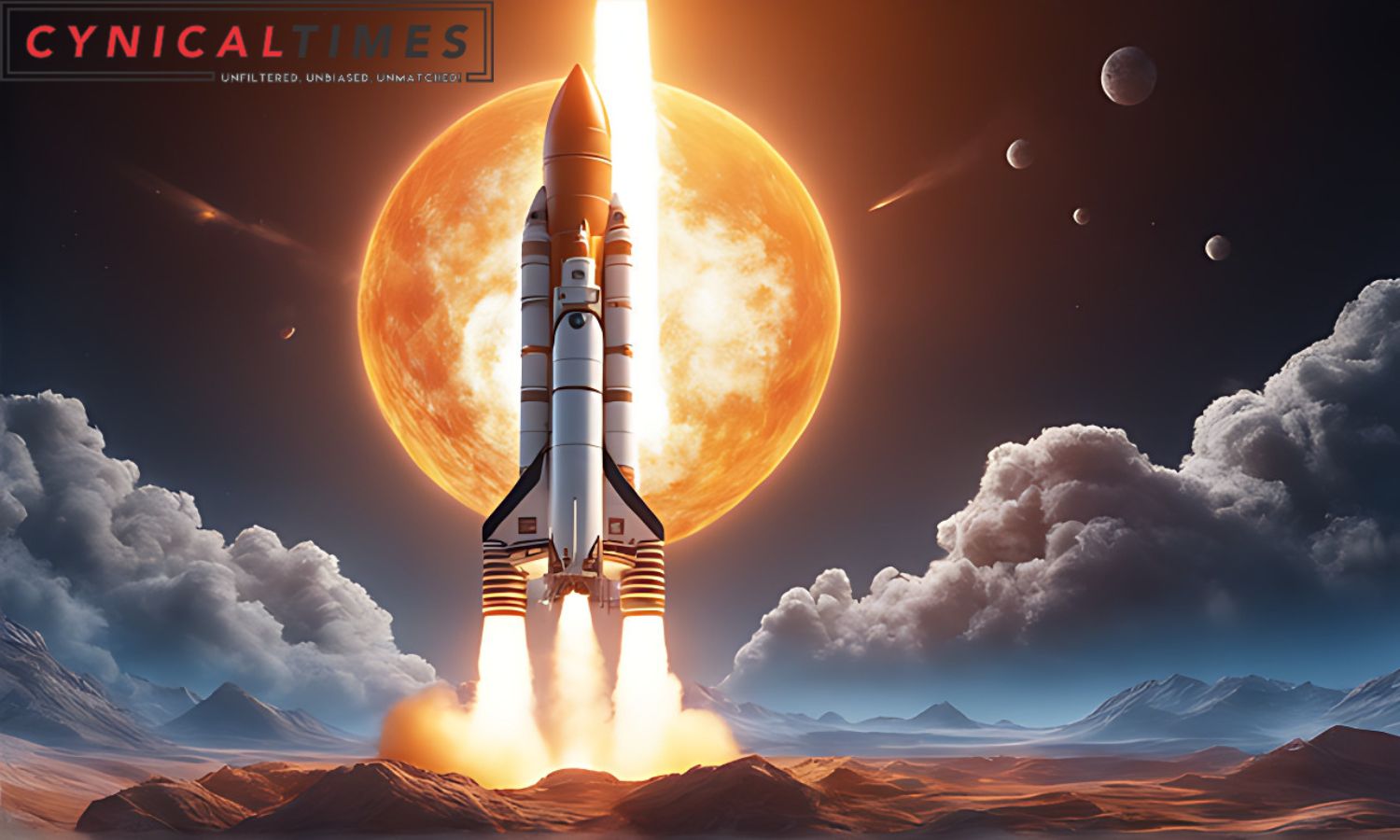Aditya-L1 Rocket Launch: India sent an Aditya-L1 rocket to study the sun. This is a big step for Asian space travel. India was the first to land on the moon’s south pole, beating Russia’s Luna-25 by a few weeks. The Aditya-L1 project aims to study solar winds and their impact on Earth, including communication satellites.
On Sat, at 11:50 am local time, the Aditya-L1 rocket launched. The goal is to study the impact of solar winds on Earth. In 4 months, the spacecraft will travel 1.43 million km to Lagrange Point. Nearly 500k people watched the launch online, and many more watched it in person. If successful, this will be the first time an Asian country sends a robot to solar orbit.
The rocket was launched from ISRO’s building and was viewed live by nearly 500,000 people on their website. Near the launch spot, there was a viewing area with many people. The spacecraft carries seven Indian-made scientific experiments.
Also Read: Black Eye Games Shuts Down: A Cautionary Tale for the Gaming Industry
The Aditya-L1 moves about 1.5 million km (930,000 miles) to Lagrange Point in four months. This is a gravity-balanced space where spacecraft use less fuel. The goal is to learn about solar winds, which can disrupt communication satellites on Earth. Somak Raychaudhury, who helped build parts of the observatory, said, “This mission has the potential to make a big impact in science.”
India’s space achievements have been cost-effective. The moon landing cost less than $75 million than other countries’ space travel expenses. The Aditya-L1 mission should be cost-effective, but official numbers are unavailable. Since the 1960s, NASA and ESA have sent probes to study the sun. If the Aditya-L1 mission succeeds, it will mark the first Asian probe sent into solar orbit.
India was the first Asian country to orbit Mars in 2014. Next year, they plan to send people on a 3-day trip into Earth’s orbit. These missions are crucial for India’s space research goals and to catch up with other countries. The Aditya-L1 journey showcases India’s progress in space exploration. As the country achieves milestones at a lower cost, it becomes a strong player in space.
Our Reader’s Queries
Which rocket was used in Aditya-L1?
ISRO achieved a successful launch of Aditya-L1 via PSLV-C57 rocket on September 2.
Is the Aditya-L1 mission successful?
The successful completion of the Halo-Orbit Insertion (HOI) of Aditya-L1, a solar observatory spacecraft, was achieved on January 6, 2024 (IST) at approximately 16.00 Hrs. This is a significant accomplishment for the team involved in the project.
How much time Aditya-L1 will take to reach the Sun?
Aditya-L1 is set to orbit around Lagrangian Point 1 (L1), which is located about 1.5 million km away from Earth in the direction of the sun. This will be achieved through a halo orbit. The estimated time for Aditya-L1 to complete this journey is four months.
How can I watch Aditya-L1 launch?
Catch the live telecast of the Aditya-L1 Mission on Doordarshan channel or ISRO’s YouTube channel. ISRO has also shared the link for the live telecast on 1 September. The launch is scheduled for tomorrow at 11:50 am (IST). Don’t miss out on this exciting event!


